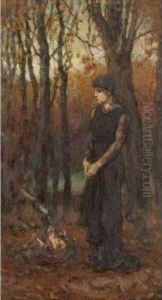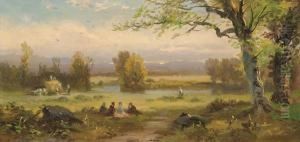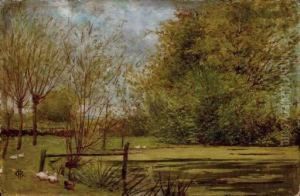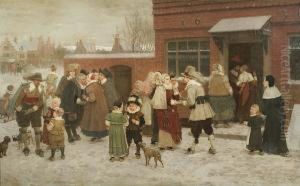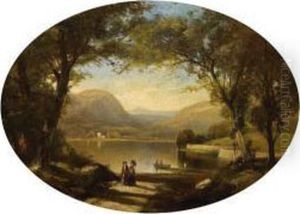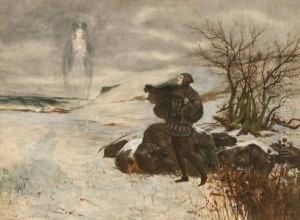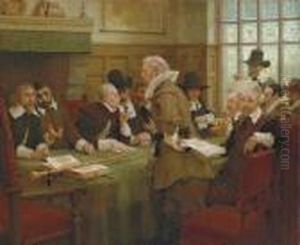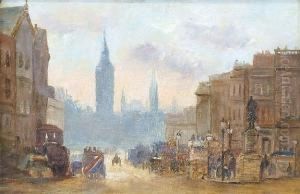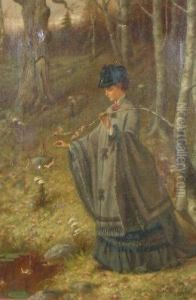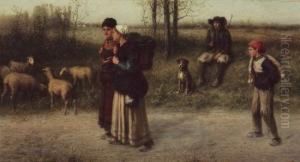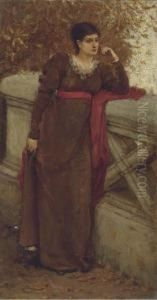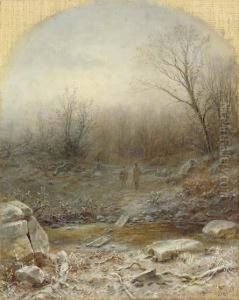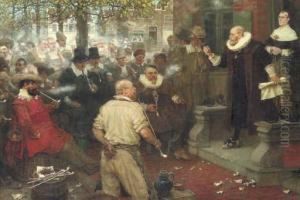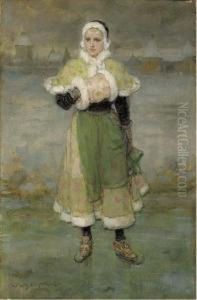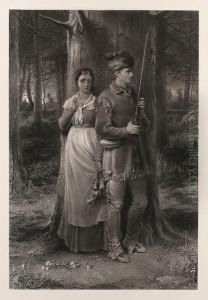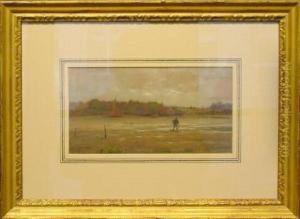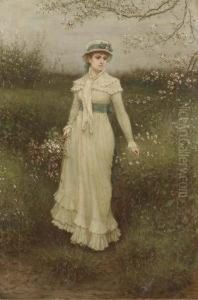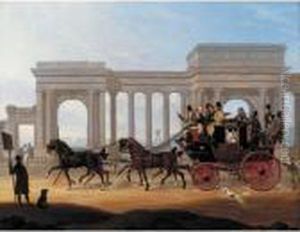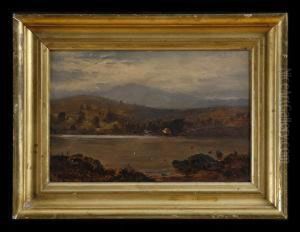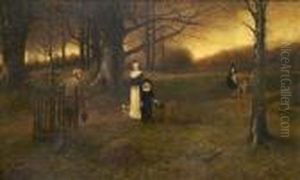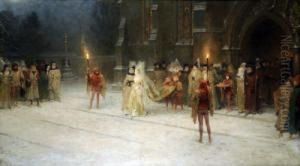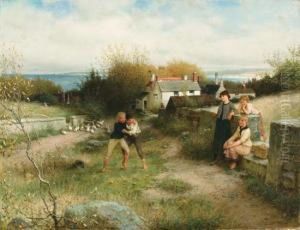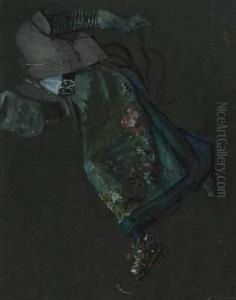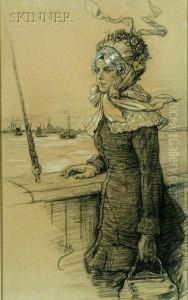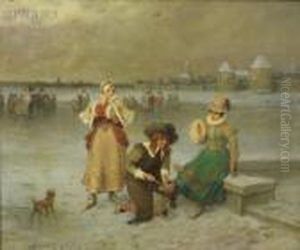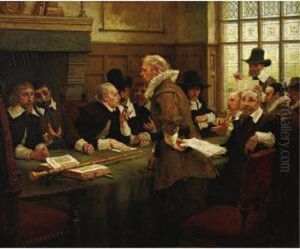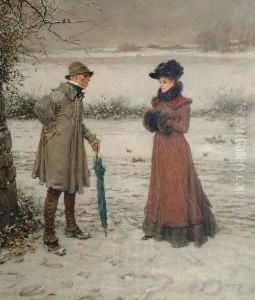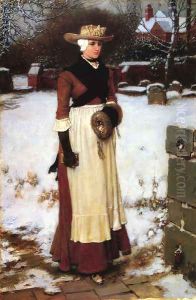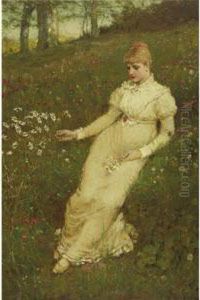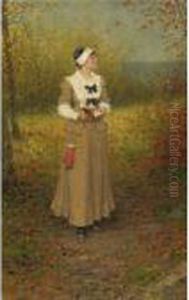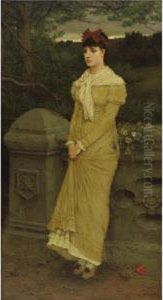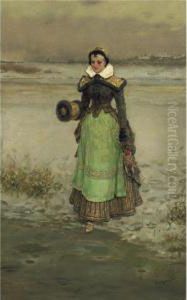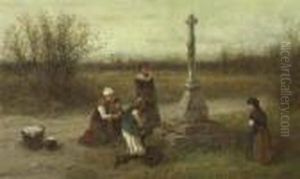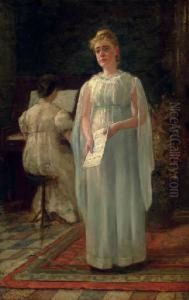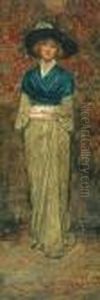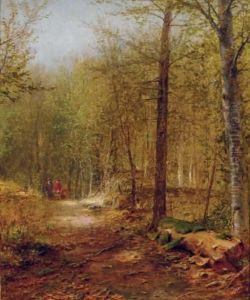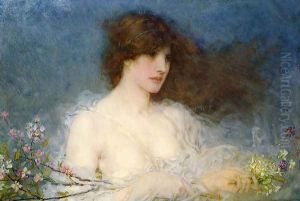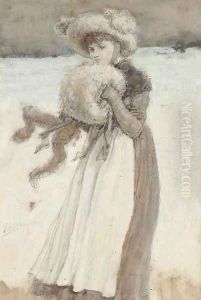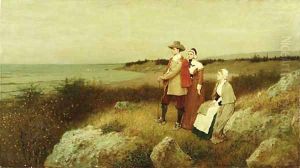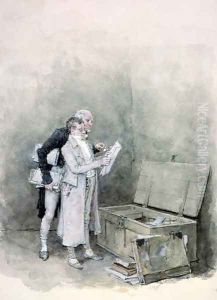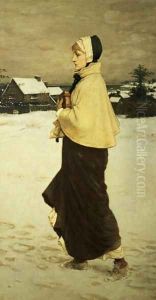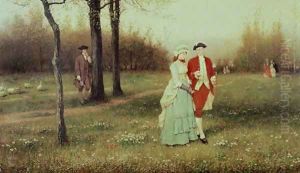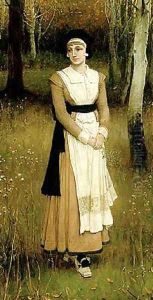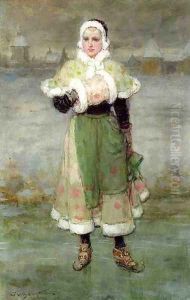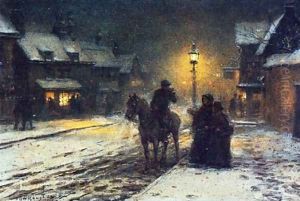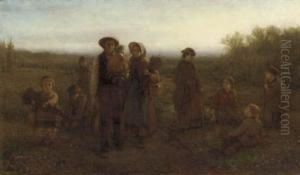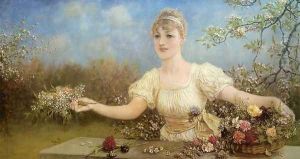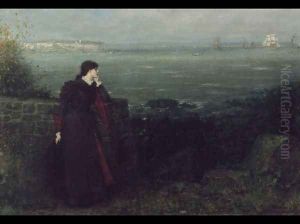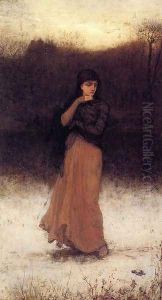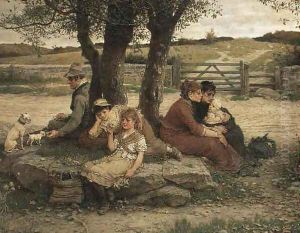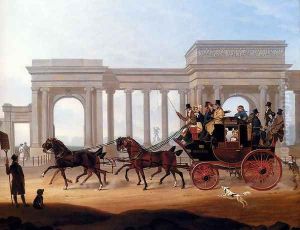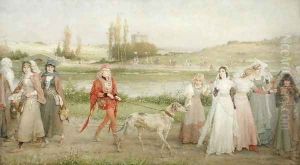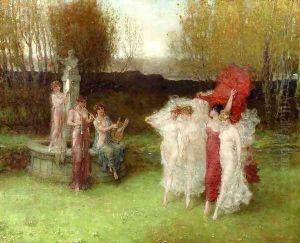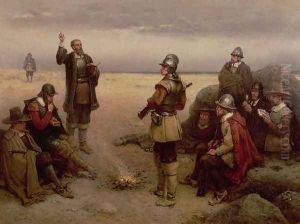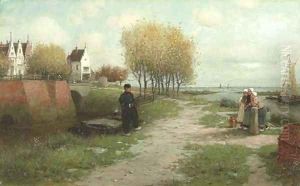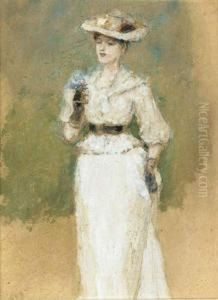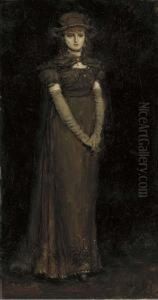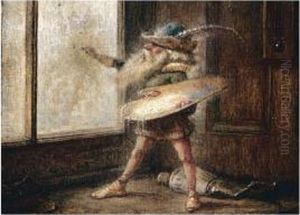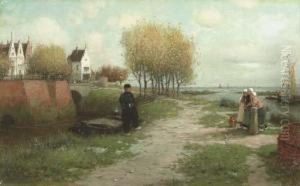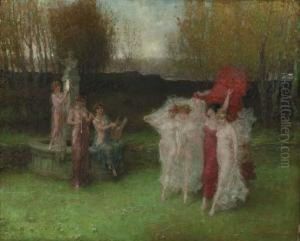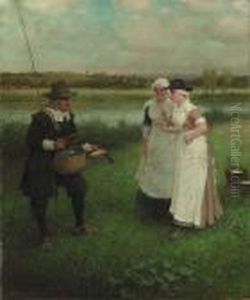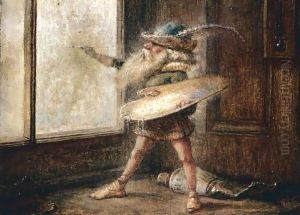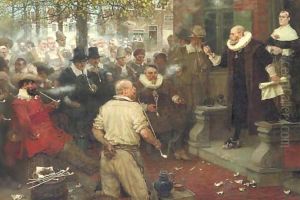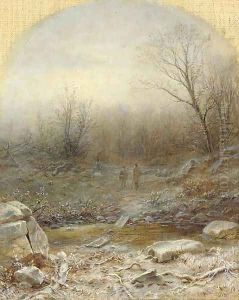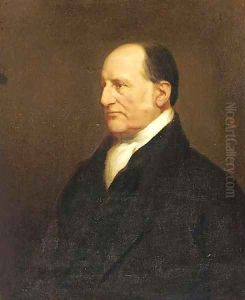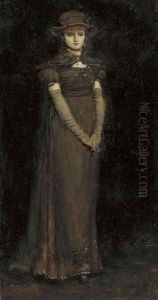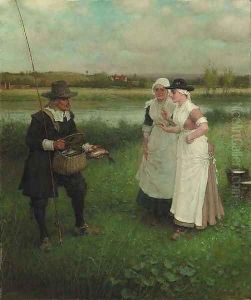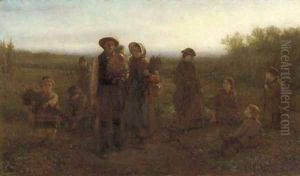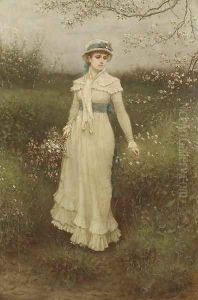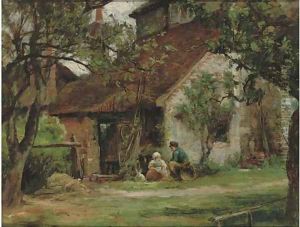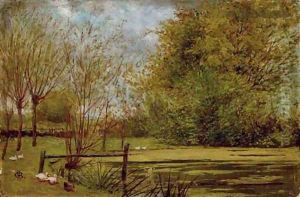George Henry Boughton Paintings
George Henry Boughton was a British-American painter and illustrator born in Norwich, England, on December 4, 1833. When he was about three years old, his family immigrated to the United States, settling in Albany, New York. He began his artistic career as a young man, painting portraits and historical scenes. In 1853, Boughton moved to New York City to further pursue his career in art, where he gained a reputation for his genre paintings, which often depicted scenes from everyday life.
In 1858, Boughton traveled to Europe, visiting the major art capitals of Paris and London. He studied in Paris for a time before finally settling in London in 1861. This period was crucial for his artistic development; he was influenced by the work of the Pre-Raphaelites and by French realism. Boughton's style evolved to incorporate these influences, and he became known for his historical genre paintings, which often had a strong narrative component and attention to detail.
Boughton's reputation grew throughout the years, and he became well-known on both sides of the Atlantic. He was a member of various artistic societies, including the Royal Academy of Arts in London, where he was elected as a full academician in 1879. His work was also exhibited in the United States, including at the National Academy of Design in New York.
One of Boughton's most famous works is 'Pilgrims Going to Church,' painted in 1867, which depicts the early American settlers and reflects his interest in the history and culture of the United States. His illustrations were also in high demand; he illustrated Washington Irving's 'Rip Van Winkle' and Nathaniel Hawthorne's 'The Scarlet Letter,' among others.
George Henry Boughton continued to paint and exhibit his work until his death in London on January 19, 1905. His paintings are now held in many important collections and museums in the United States and the United Kingdom, including the Metropolitan Museum of Art in New York and the Tate Gallery in London. He left behind a legacy as an artist who bridged the cultural divide between his adopted homeland and his birth nation, bringing a unique perspective to the genre of historical and genre painting.
